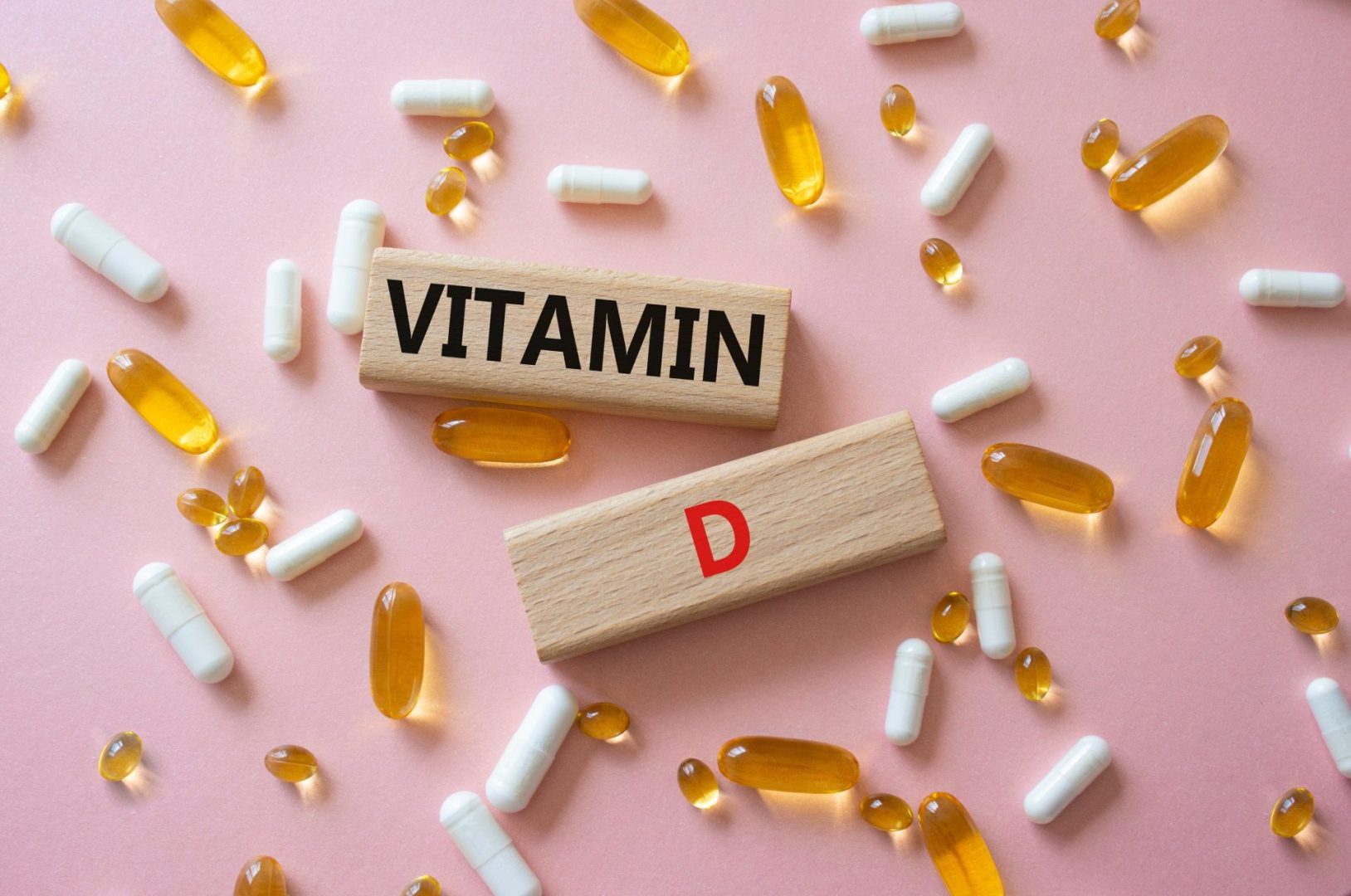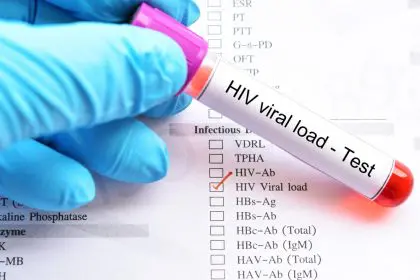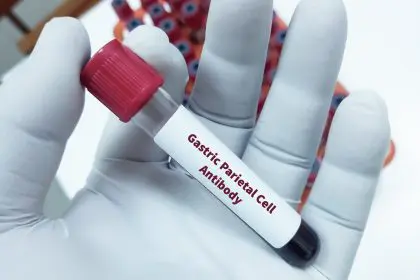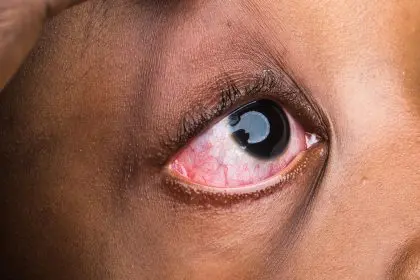Vitamin D deficiency has reached epidemic proportions worldwide, affecting nearly one billion people across all age groups and demographics. Despite being called the “sunshine vitamin,” this essential nutrient remains critically low in countless individuals who may not even realize their bodies are crying out for help.
Unlike many other vitamins that we obtain primarily through food, vitamin D presents a unique challenge because it’s primarily synthesized when our skin is exposed to direct sunlight. Modern lifestyles that keep us indoors for extended periods, combined with geographic locations that receive limited sun exposure during certain seasons, create perfect conditions for widespread deficiency.
The consequences of insufficient vitamin D extend far beyond the commonly known effects on bone health. This vital nutrient functions more like a hormone in the body, influencing nearly every organ system and playing crucial roles in immune function, mood regulation, cardiovascular health, and cellular processes throughout the body.
Recognition of vitamin D deficiency symptoms becomes particularly important because many people dismiss these warning signs as normal consequences of aging, stress, or busy lifestyles. However, these symptoms often represent your body’s desperate attempt to communicate a serious nutritional gap that could have long-term health consequences if left unaddressed.
1. Persistent fatigue that doesn’t improve with rest
Chronic exhaustion that persists despite adequate sleep often represents one of the earliest and most common signs of vitamin D deficiency. This isn’t the occasional tiredness that everyone experiences after a busy day, but rather a deep, overwhelming fatigue that seems to permeate every aspect of daily life.
The fatigue associated with vitamin D deficiency feels different from other types of tiredness. People describe it as a bone-deep weariness that makes even simple tasks feel monumental. Getting out of bed becomes a struggle, and the energy required for basic activities like showering, preparing meals, or completing work tasks feels disproportionately challenging.
This exhaustion occurs because vitamin D plays a critical role in cellular energy production. When levels are insufficient, cells throughout the body struggle to function optimally, leading to decreased energy output and increased feelings of weakness. The mitochondria, which serve as the powerhouses of cells, require adequate vitamin D to produce energy efficiently.
Sleep quality often deteriorates alongside the fatigue, creating a vicious cycle where poor rest contributes to daytime exhaustion, while vitamin D deficiency disrupts the natural sleep-wake cycle. Many people find themselves sleeping longer hours but waking up feeling unrefreshed and groggy, as if they hadn’t slept at all.
The fatigue typically worsens during winter months when sun exposure is naturally limited, and improves somewhat during summer periods with increased outdoor activity. This seasonal pattern provides an important clue that vitamin D deficiency might be the underlying cause of persistent tiredness.
2. Frequent illness and slow recovery times
A compromised immune system that results in frequent colds, flu, respiratory infections, or other illnesses can signal inadequate vitamin D levels. People with deficiency often notice they seem to catch every bug that goes around, and their recovery times are significantly longer than they used to be.
Vitamin D serves as a crucial regulator of immune system function, helping to activate immune cells that fight off infections and regulate inflammatory responses throughout the body. When levels are low, the immune system becomes less effective at recognizing and eliminating pathogens, leaving the body vulnerable to various infections.
The pattern of illness in vitamin D deficiency often includes respiratory tract infections, such as frequent colds, bronchitis, or sinus infections. These conditions may occur more frequently than normal and tend to linger longer than expected, sometimes lasting weeks rather than the typical few days associated with minor viral infections.
Wound healing also becomes compromised when vitamin D levels are insufficient. Cuts, scrapes, or surgical incisions may take longer to heal, and the healing process might be accompanied by increased inflammation or complications. This occurs because vitamin D plays essential roles in tissue repair and the regulation of inflammatory processes necessary for proper healing.
Autoimmune symptoms may also emerge or worsen with vitamin D deficiency, as this nutrient helps regulate the immune system’s response to prevent it from attacking healthy tissues. People might notice increased joint pain, skin issues, or other inflammatory conditions that seem to appear without obvious cause.
3. Bone and muscle pain throughout the body
Widespread bone aches and muscle pain represent classic symptoms of vitamin D deficiency, though they’re often mistakenly attributed to other causes like arthritis, fibromyalgia, or general aging. This pain typically affects multiple areas of the body simultaneously and may be accompanied by muscle weakness or cramping.
The bone pain associated with vitamin D deficiency is often described as a deep, aching sensation that seems to come from within the bones themselves. It commonly affects the ribs, spine, pelvis, and long bones of the arms and legs. The pain may worsen with pressure or movement and can be particularly noticeable when getting up from sitting or lying positions.
Muscle pain and weakness occur because vitamin D receptors are present throughout muscle tissue, and adequate levels are necessary for proper muscle function and strength. When deficient, muscles may feel weak, achy, or prone to cramping, particularly in the legs and back. This weakness can affect balance and coordination, increasing the risk of falls and injuries.
Joint stiffness often accompanies the bone and muscle pain, making movement feel restricted and uncomfortable. Morning stiffness that takes longer than usual to resolve can be particularly bothersome, affecting the ability to start the day with normal energy and mobility.
The pain patterns in vitamin D deficiency are typically symmetrical, affecting both sides of the body equally, and tend to be more noticeable during periods of limited sun exposure. Many people notice their symptoms worsen during winter months and improve somewhat during summer, providing another clue to the underlying nutritional cause.
4. Mood changes including depression and irritability
Mental health symptoms, particularly depression, anxiety, and mood swings, can be directly linked to insufficient vitamin D levels. The brain contains numerous vitamin D receptors, and this nutrient plays important roles in neurotransmitter production and brain function that directly impact emotional well-being.
Seasonal depression, also known as seasonal affective disorder, often correlates strongly with vitamin D deficiency, as both conditions typically worsen during months with limited sunlight exposure. People may notice their mood declining as days become shorter and sun exposure decreases, leading to feelings of sadness, hopelessness, or emotional numbness.
The depression associated with vitamin D deficiency often feels different from situational sadness or temporary mood changes. It tends to be persistent, affecting motivation, interest in activities, and overall outlook on life. Simple tasks may feel overwhelming, and the usual sources of pleasure or satisfaction may no longer provide enjoyment.
Irritability and mood swings become more frequent when vitamin D levels are low, as the brain struggles to regulate emotions effectively. People might find themselves snapping at loved ones, feeling frustrated by minor inconveniences, or experiencing emotional reactions that seem disproportionate to the triggering events.
Anxiety symptoms can also worsen with vitamin D deficiency, manifesting as persistent worry, restlessness, difficulty concentrating, or physical symptoms like racing heartbeat or sweating. The anxiety often lacks a clear trigger and may feel overwhelming even in situations that wouldn’t normally cause stress.
Cognitive function may also decline, with symptoms including brain fog, difficulty concentrating, memory problems, or reduced mental clarity. These cognitive changes can compound the emotional symptoms, creating additional frustration and worry about mental performance.
5. Hair loss or thinning that seems unexplained
Significant hair loss or thinning, particularly when it occurs without obvious causes like hormonal changes, medications, or styling damage, can indicate vitamin D deficiency. This nutrient plays important roles in hair follicle health and the hair growth cycle, and insufficient levels can disrupt normal hair production.
The hair loss associated with vitamin D deficiency typically presents as diffuse thinning rather than the patchy baldness seen in some other conditions. People may notice their hair feels thinner overall, with increased shedding during washing or brushing, and reduced volume or fullness compared to their normal hair texture.
Hair growth cycles become disrupted when vitamin D levels are inadequate, leading to shorter growth phases and longer resting phases where hair follicles remain inactive. This results in less new hair growth to replace the hair that naturally sheds, creating a net loss of hair density over time.
The texture and quality of existing hair may also change with vitamin D deficiency. Hair might become more brittle, dry, or prone to breakage, even with proper care and conditioning. The changes often affect the entire scalp rather than isolated areas, providing a clue that nutritional factors might be involved.
Eyebrow and body hair may also be affected, becoming thinner or growing more slowly than usual. Some people notice their eyebrows require less frequent grooming, or that leg and arm hair grows back more slowly after shaving, indicating that the effects extend beyond scalp hair.
Recovery of normal hair growth and thickness can take several months after correcting vitamin D deficiency, as hair follicles need time to resume normal function and new hair needs time to grow to noticeable lengths.
6. Slow wound healing and frequent bruising
When cuts, scrapes, or other injuries take longer than normal to heal, and bruises appear easily or take extended time to fade, vitamin D deficiency might be the underlying cause. This nutrient is essential for proper tissue repair and blood vessel integrity, and insufficient levels can significantly impair the body’s healing processes.
Normal wound healing involves complex processes including inflammation control, tissue formation, and blood vessel repair, all of which require adequate vitamin D levels to function properly. When deficient, these processes become sluggish and less effective, leading to delayed healing times and increased risk of complications.
Minor cuts or scrapes that would typically heal within a few days might take weeks to fully close and resolve. The healing process may also be accompanied by increased pain, swelling, or signs of inflammation that persist longer than expected. Surgical incisions or dental procedures may also heal more slowly and with greater discomfort.
Bruising becomes more frequent and prominent with vitamin D deficiency because this nutrient helps maintain the integrity of blood vessel walls. When levels are low, capillaries become more fragile and prone to breaking with minor trauma, leading to bruises from bumps or pressure that wouldn’t normally cause visible marks.
The bruises themselves may also be larger, darker, or more persistent than usual, taking weeks rather than days to fade completely. Some people notice they develop bruises without remembering any specific injury, indicating that even very minor trauma is causing blood vessel damage.
Dental health can also be affected, with slower healing after cleanings or procedures, increased bleeding during brushing or flossing, and greater susceptibility to gum problems. The mouth’s soft tissues require adequate vitamin D for proper maintenance and repair.
Addressing vitamin D deficiency naturally
Recognizing these symptoms represents the first step toward addressing potential vitamin D deficiency, but correction requires a comprehensive approach that may include lifestyle changes, dietary modifications, and appropriate supplementation under healthcare guidance.
Increasing sun exposure when possible provides the most natural way to boost vitamin D production, though this must be balanced with skin cancer prevention. Spending 10-30 minutes in direct sunlight several times per week, depending on skin type and geographic location, can help stimulate natural vitamin D synthesis.
Dietary sources of vitamin D are limited but include fatty fish like salmon, mackerel, and sardines, egg yolks from pasture-raised chickens, and fortified foods such as milk and cereals. However, it’s difficult to obtain adequate vitamin D through diet alone, making sun exposure and supplementation often necessary.
Factors that increase the risk of vitamin D deficiency include living in northern climates, having darker skin pigmentation, being elderly, spending most time indoors, using sunscreen consistently, or having certain medical conditions that affect absorption. Understanding these risk factors can help determine whether testing and intervention might be beneficial.
The journey back to optimal vitamin D levels requires patience, as it can take several months of consistent intervention to rebuild adequate stores and notice improvement in symptoms. However, addressing this deficiency can lead to significant improvements in energy, mood, immune function, and overall quality of life, making the effort worthwhile for long-term health and vitality.
















